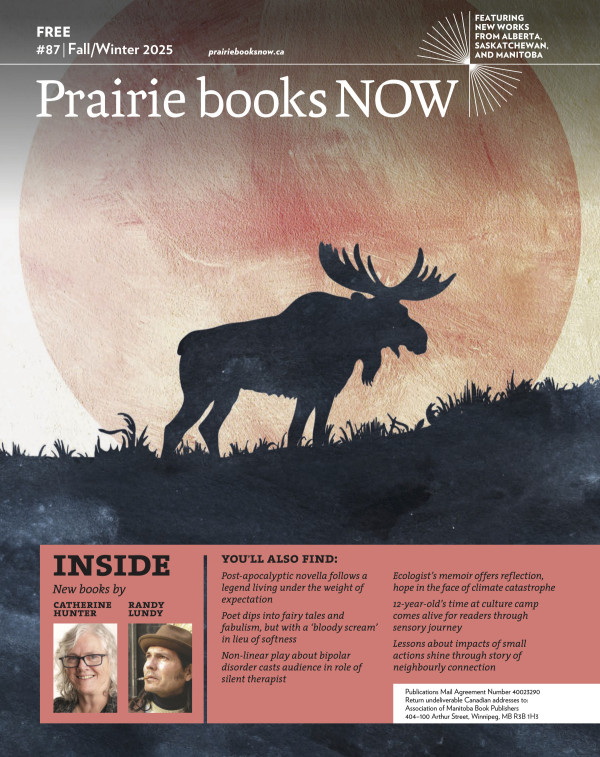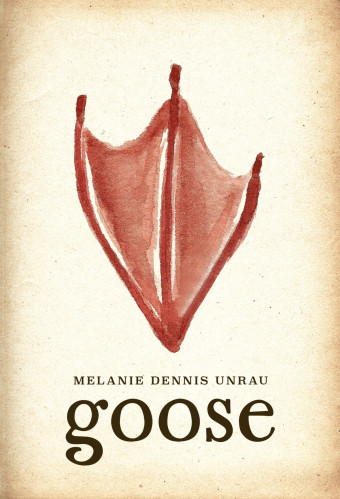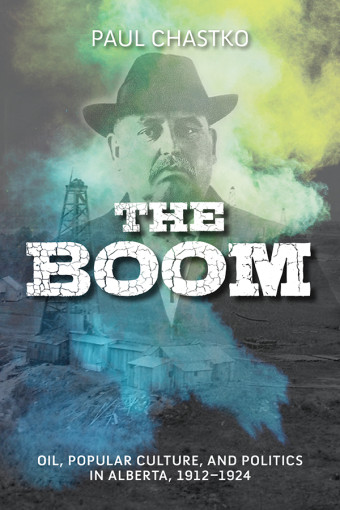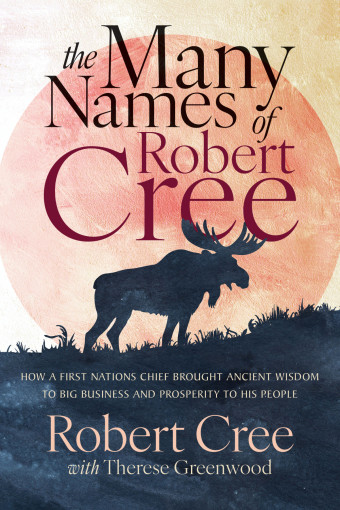Longtime Winnipeg Free Press columnist Niigaanwewidam Sinclair has gathered his writings to tell the story of his home: Treaty One territory, in Southern Manitoba. In Wînipêk: Visions of Canada from an Indigenous Centre, Sinclair shows readers why Winnipeg is the heart of Canada not just geographically, but also politically and culturally.

- Wînipêk
- Niigaan Sinclair
- McClelland & Stewart
- $36.00 Hardcover, 384 pages
- ISBN: 978-07-71099-17-5
Sinclair’s expertise on Indigenous issues in Treaty One territory has been accumulated through his years as an assistant professor of Native Studies at the University of Manitoba, his decades as a writer for numerous publications, and the knowledge passed on to him by his Anishinaabe community.
“When I was approached to compile my columns into a book about Winnipeg, I discovered that the people, land, water and everything in between tell us a lot about who we are, where we have come from, and where we are going,” says Sinclair.
Wînipêk opens with the toppling of the statues of Queen Elizabeth II and Queen Victoria on Canada Day in 2021. Sinclair paints this as a creation of a new monument commemorating First Nations, and explains the history behind why Indigenous people across the nation felt seen and heard by the “remaking” of these statues.
Sinclair seamlessly weaves personal experience, emotional interviews, current events, and historical context together, breathing new life into discussions about social issues that impact Indigenous Peoples and non-Indigenous Canadians alike, welcoming readers along for the journey.
Throughout his work, his affection for his community is apparent, along with an optimism that together, Wînipêk can overcome seemingly insurmountable obstacles.
“I’ve seen it all here, from the good, the bad, the great and the ugly,” says Sinclair.
“I am constantly blown away by the complexity of my home in all of its parts – something that doesn’t come across from those who come into this city for a few days and make declarations about it. I hope our complicatedness in all of its beauty comes across in this book.”

From the underfunded flooding protection for Peguis First Nation, to the mistreatment of Lake Winnipeg, to the impacts of residential schools, Sinclair pulls no punches in criticizing government and societal apathy, all while offering up solutions rooted in Indigenous knowledge and philosophy.
Some of his pieces discuss positive advancements towards reconciliation, like the recent election of Wab Kinew, the incorporation of Indigeneity by the Winnipeg Jets, and investments in urban reserves.
“I love the fact my ancestors were birthed [in Winnipeg], came here and both are buried here, I love the fact languages, nations, and families were founded here, I love the fact you are always one degree of separation from anyone in this place and all of us, in some way or another, work with, live beside, or know one another,” says Sinclair.
Wînipêk: Visions of Canada from an Indigenous Centre is an accessible, enjoyable primer that humanizes broad and often divisive social issues. Anyone who has called Winnipeg their home will both recognize this place in Sinclair’s work and begin to see it in a brand new light.
“Every single part of what I have learned about love, kindness, truth and reconciliation I have learned from my time here, in Winnipeg,” says Sinclair.













